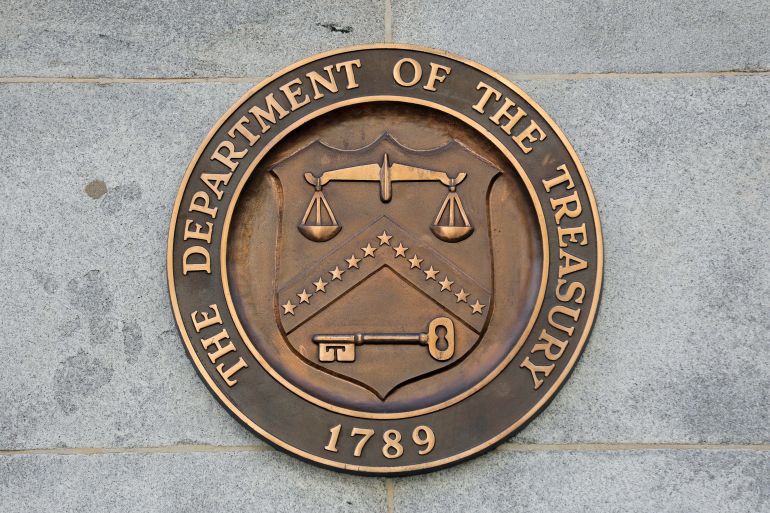US starts using extraordinary measures to avoid default
The period of time that extraordinary measures may last is subject to ‘considerable uncertainty’ Janet Yellen warned.

The United States government has hit its debt limit, and the Department of the Treasury has begun using “extraordinary measures” to continue paying its bills, Treasury Secretary Janet Yellen told congressional leaders.
The government has a cap of $31.4 trillion on how much it can borrow, and it reached that limit on Thursday.
Keep reading
list of 4 itemsAfter weeks of violent protests, what is happening in Peru?
Kazakh president dissolves parliament, calls March elections
Photos: The delicious foods of the Lunar New Year
Yellen said in a letter to House of Representatives Speaker Kevin McCarthy and other congressional leaders that she plans to temporarily suspend investments in retirement funds for government employees to keep paying the bills of the government of the world’s largest economy. She also urged Congress to suspend or raise the debt ceiling to avoid a default.
“As I stated in my January 13 letter, the period of time that extraordinary measures may last is subject to considerable uncertainty, including the challenges of forecasting the payments and receipts of the US Government months into the future,” she wrote. “I respectfully urge Congress to act promptly to protect the full faith and credit of the United States.”
Republicans now in control of the House have threatened to use the debt ceiling as leverage to demand spending cuts from Democrats and President Joe Biden’s administration. This has raised concerns in Washington, DC, and on Wall Street about a bruising fight over the debt ceiling this year that could be at least as disruptive as the protracted battle of 2011, which prompted a brief downgrade of the US credit rating and years of forced domestic and military spending cuts.
What would happen if these measures are exhausted without a debt limit deal is unknown. A prolonged default could be devastating with crashing markets and panic-driven layoffs if confidence evaporates in a cornerstone of the global economy, the US Treasury has noted.
‘High degree of uncertainty’
Analysts at Bank of America cautioned in a report last week that “there is a high degree of uncertainty about the speed and magnitude of the damage the US economy would incur.”
The underlying challenge is that the government would have to balance its books on a daily basis if it lacks the ability to issue debt. If the government cannot issue debt, it would have to impose cuts equal in size on an annual basis to 5 percent of the total US economy. Analysts say their baseline case is that the US avoids default.
Still, if past debt ceiling showdowns such as the one that occurred in 2011 are any guide, Washington may be in a nervous state of suspended animation with little progress until the “X-date,” the deadline when the Treasury’s “extraordinary measures” are depleted. Yellen has said she believes that date would be in June.
Unlike the 2011 showdown, the Federal Reserve is now raising interest rates to lower inflation and is rolling off its own holdings of US debt, meaning that recession fears are already elevated among consumers, businesses and investors.
Biden administration officials have said they will not prioritize payments to bondholders if the country passes the “X-date” without an agreement. Over the years, officials have studied this emergency option, which Treasury officials across administrations have said is unworkable because of the government’s payments system.
“To some extent, the ‘extraordinary measures’ are the backup plan, and once those are exhausted, the next step is a major question mark,” economists at Wells Fargo wrote in an analysis on Thursday.